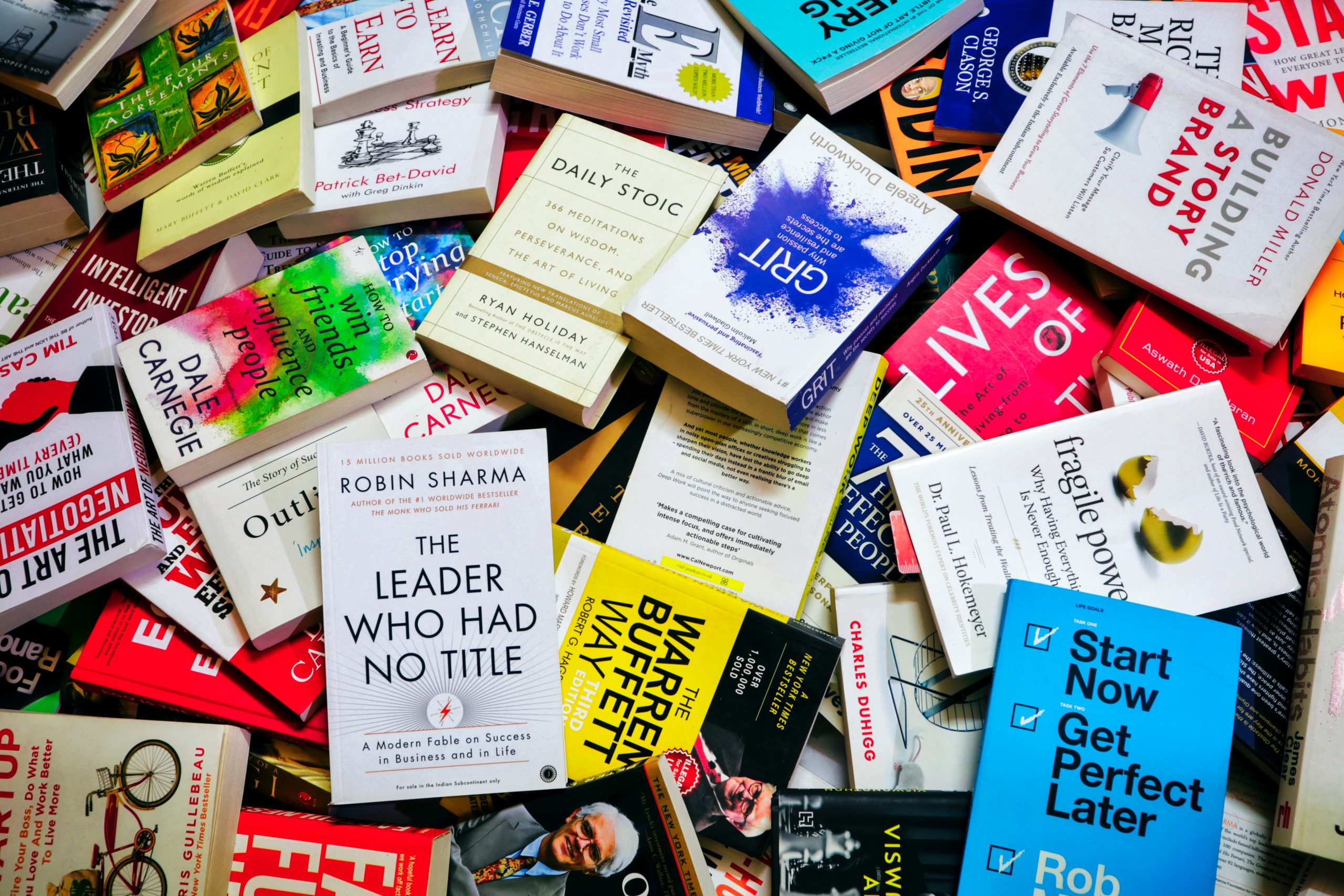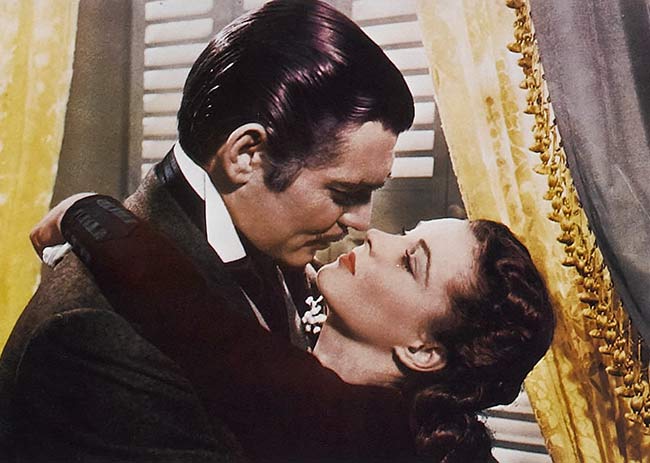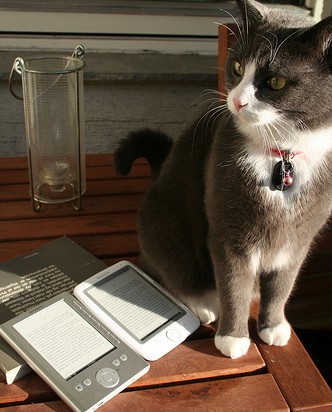How to Come Up with the Perfect Book Title
I’m sharing another of my posts that ran last year on The Self Publisher blog.
Struggling with coming up with the perfect title for your book? You’re not alone. In few words, you have to catch the interest of potential readers and, hopefully, get them excited to read your book.
It’s not easy! But there are obvious and practical considerations that will help you in this endeavor.
We’ve all heard the saying “You can’t judge a book by its cover.” But, truth is, people do judge a book by its cover. Authors well know that a cover can make or break a book release.
A badly designed or unappealing cover will influence a potential reader’s decision to even glance at a book, never mind buy it. This is especially true when an author doesn’t have star name recognition.
Another saying comes to my mind: “A picture speaks a thousand words.” Covers that are evocative, portray symbolic or beautiful imagery, are aesthetically appealing in their design draw readers in for a closer look. If self-published authors have learned anything about success in the competitive book marketplace, it’s how crucial a great book cover is.
But What about Your Book Title?
Part of that great cover design is your title. But how much does your title matter? If a reader is looking for a book in a specific genre, and the cover design well fits the genre, do readers care about titles?
This is a great question, and the answer is going to depend first on one key consideration—whether the book is fiction or nonfiction.
Nonfiction books are all about title. Sure, depending on topic or category, cover design might hold more weight. If you are writing a nonfiction travel series about exotic places, for example, the imagery on your covers depicting sublime locales may sway potential readers more than your simple title announcing “The 100 Best Resorts in the Caribbean.” Surely it’s the gooey three-tiered chocolate cake that will get baking-enthusiasts clicking the Buy button on a recipe book rather than the title “Best Chocolate Cakes Ever.”
But for most nonfiction books, including memoir, the draw is in the topic the book. Best sellers in nonfiction have carefully crafted titles and subtitles. Generally the title is short and catchy, aimed at a specific audience and hinting at the crux of the topic. The subtitle’s role is to explain the title.
For example, look at some of these best sellers:
- Behave: The Biology of Humans at Our Best and Worst
- The Tipping Point: How Little Things Can Make a Big Difference
- White Fragility: Why It’s So Hard for White People to Talk About Racism
- Bad Blood: Secrets and Lies in a Silicon Valley Startup
- My Anxious Mind: A Teen’s Guide to Managing Anxiety and Panic
Not all nonfiction have subtitles. But see how a great nonfiction title shines a spotlight on the topic of the book with these examples:
- Emotional Intelligence 2.0
- Political Correctness
- The Education of an Idealist
- The Liberal Media Industrial Complex
You get the point. People read nonfiction for information. It stands to reason, then, that it would be essential for an author of a nonfiction book to craft a title (and, if desired, a subtitle) that informs.
A catchy, attention-getting title that clearly conveys what the book is about will fare much better than a title that is merely clever, wordy, and/or vague. And the online search engines will pick it up easier as well, helping the book land on search results pages.
Fiction Titles Are Determined by Genre
While best-selling nonfiction titles run the gambit on length, with most relying on their explanatory subtitle to drive home the theme or topic of their books, fiction authors have one primary concern when it comes to deciding on a book title, whether for a novel, a novella, or a short-story collection: genre.
If you do a search for YA romance best-sellers, you’ll be hard pressed to find a title longer than three words. Here are some that come up in my search: That Boy, Hushed, Breathe, Outcast, Lines, Rules, Broken Wings, Love Me.
What about popular thrillers? Their titles, while varying in length, hint at suspense, using words or phrasing that often create a mood. Short, punchy titles are characteristic of suspense titles. I’m a big fan of Lisa Gardner’s thrillers. Here are some of her titles: Alone, Hide, Find Her, Live to Tell, Never Tell, Catch Me, Fear Nothing, Say Goodbye, The Killing Hour, Gone, Crash and Burn.
Often best sellers in mystery, suspense, and thrillers have fairly boring cover designs. They’ll have dark ominous colors, maybe an image—a partial face, a shattered window, a door to a house. But you’ll see very little hinting at the story in those geometric blocks of color.
Contrast that to the typical best-selling bodice ripper in the romance genre. I wonder if readers even notice the titles. The covers are overpowered with lavishly painted characters in the throes of passion, hair and clothes flying and, depending on the heat, a certain amount of skin and revealing body parts.
All this to say: your fiction book title must fit your genre. Epic Fantasy titles will be much different from YA Paranormal Fantasy titles or Shapeshifter Fantasy titles. It behooves writers to take time to drill deep into the market to determine their niche genre and make a (long) list of best-selling titles before settling on one for their current project. The same goes for nonfiction writers.
Other Fiction Title Considerations
In addition to aligning your title to genre, you’ll score extra points if you can also utilize some of these elements:
- Theme. Not only do great writers draw out the themes in their stories, they also choose a title that reflects their theme and often are plays on words.
- Motif. A motif is a repeated element in a story. It can be a word or phrase, an object, a concept, or a living thing. Using an important motif from the story in your title adds weight and interest. Examples: Pat Conroy’s The Prince of Tides, Diane Setterfield’s The Thirteenth Tale. [come up with one or two more here]
- Conflict. Highlighting the inherent conflict or opposition in your novel by showcasing it in the title can blow it up and make it memorable. Examples: Suzanne Collins’s The Hunger Games, Peter Benchley’s Jaws, John Nichols’s The Milagro Beanfield War.
- Hinting what the premise is about creates curiosity and mystery. Jodi Picoult is a master at this. Some of her titles: Plain Truth (a murder takes place among the Mennonites, also called the “Plain People”), Vanishing Acts (a woman discovers her father had kidnapped and raised her without telling her the truth), and Keeping Faith (a girl named Faith manifests the stigmata, and her mother faces losing custody of her). Other examples: Stephen King’s Needful Things, Pet Sematary, The Green Mile; Lisa Jewell’s Then She Was Gone; Christopher Greyson’s The Girl Who Lived.
- Titles that evoke imagery, use alliteration, or take readers by surprise by the choice of words can feel important or sublime. Examples: Anthony Doerr’s All the Light We Cannot See; Michael Connelly’s The Wrong Side of Goodbye; Inglath Cooper’s And Then You Loved Me; G.R.R. Martin’s A Clash of Kings, A Storm of Swords.
NOTE: I think the whole “test your title” thing is silly. You test your title by studying best-selling titles and write a clever one to match. Random people all have different tastes, same with cover designs. Whose taste will you side with? It’s illogical. Now, having some best-selling authors in your genre give you ideas or feedback would be great, but the average aspiring writer doesn’t have that option. And a pro editor can give some feedback on syntax or the like. But opinions are a dime a dozen.
Your thoughts?
Featured Photo by Shiromani Kant on Unsplash











